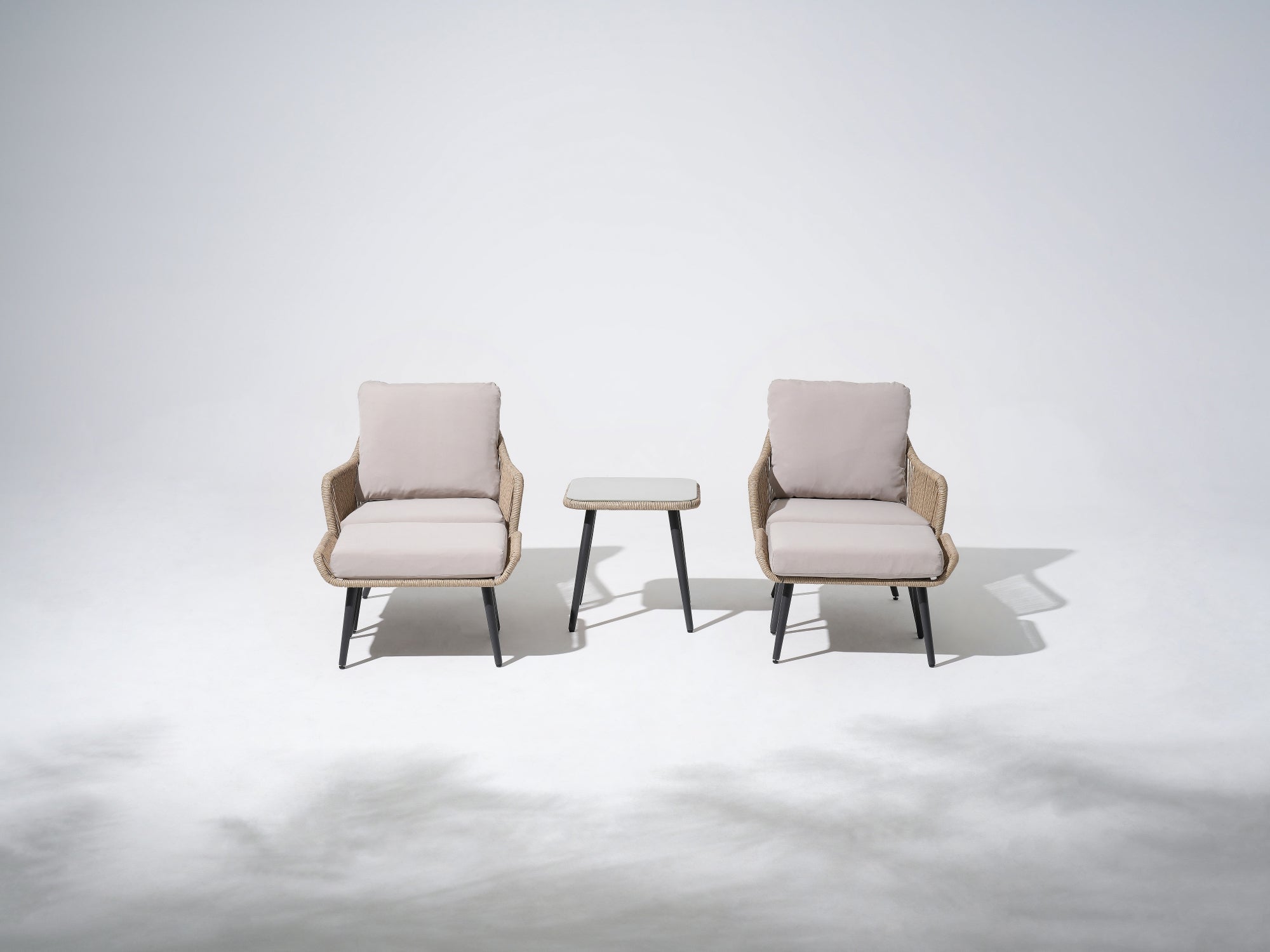Wooden furniture brings a natural warmth and timeless beauty to any space. Its organic charm and versatility make it a popular choice for both indoor and outdoor settings. However, when used outdoors, ensuring proper maintenance and protection against the elements is key to preserving its integrity and longevity.
Let us talk about what materials are suitable for making wooden furniture.
Common wooden furniture materials encompass a variety of wood types, each offering distinct characteristics and aesthetics:
1. Oak: Renowned for its durability and prominent grain patterns, oak is frequently used in crafting indoor furniture, including dining tables, chairs, and cabinets.
2. Walnut: Valued for its rich, dark color, walnut is often used for indoor furniture, especially in pieces where a luxurious, fine finish is desired.
3. Maple: Maple wood is prized for its light color and smooth grain. It's commonly used for indoor furniture, including cabinets and tables.
4. Cherry: Featuring a warm, reddish-brown tone, cherry wood is valued for its elegance and is commonly used in crafting furniture such as dining sets and bedroom furniture. It's favored for indoor furniture due to its elegance and workability.
5. Teak: Recognized for its natural resistance to moisture and insects, teak is a preferred material for outdoor furniture like patio sets and garden benches. Its natural oils protect it from the elements, and it weathers to an attractive silver-gray patina over time.
6. Cedar: Aromatic cedar is used for crafting furniture, especially chests and closets, thanks to its natural oils that resist decay and repel insects. It's a popular choice for outdoor furniture, known for its aromatic scent and durability.
7. Pine: Pine is a softer wood often utilized in crafting affordable furniture pieces such as bookshelves, bed frames, and dressers.
8. Eucalyptus: Eucalyptus is a hardwood with natural resistance to decay. It's often used for outdoor furniture and can be treated with oil to maintain its color and durability.
Here are some dos and don'ts to keep in mind if you plan to use wooden furniture in your outdoor setup.
- Dos:
1. Choose the Right Wood: Opt for hardwoods like teak, cedar, or redwood that are naturally more resistant to moisture, decay, and insects. These woods can better withstand outdoor conditions.
2. Apply Protective Finishes: Seal your wooden furniture with a weather-resistant finish like varnish or outdoor-specific wood sealant. Regularly reapply these finishes to maintain protection against the elements.
3. Use Covers: Invest in furniture covers to shield your wooden pieces from direct sunlight, rain, and snow when they're not in use. This helps prevent fading, warping, and moisture damage.
4. Regular Cleaning: Clean your wooden furniture regularly with a mild soap and water solution. This prevents dirt buildup and keeps the wood looking fresh. Avoid harsh chemicals that might damage the wood.
5. Re-stain or Paint: If you notice signs of wear or discoloration, consider re-staining or repainting your wooden furniture to give it a new lease on life. Make sure to use outdoor-grade products.
- Don'ts:
1. Direct Exposure to Elements: Avoid leaving wooden furniture directly exposed to harsh elements for prolonged periods. Direct sunlight, rain, and snow can cause warping, cracking, and discoloration.
2. Neglecting Maintenance: Regular maintenance is crucial. Ignoring cleaning, refinishing, or resealing can lead to quicker deterioration of the wood, shortening its lifespan.
3. Placing on Wet Surfaces: Always ensure your wooden furniture is placed on dry surfaces. Constant contact with wet ground or surfaces can promote rot and mold growth.
4. Overlooking Seasonal Changes: Wood expands and contracts with temperature and humidity changes. Allow for slight movement by not tightly stacking or placing items on wooden surfaces.
5. Using Improper Cleaning Products: Harsh chemicals or abrasive cleaning tools can damage the wood's finish or even the wood itself. Stick to gentle cleaners and soft cloths.

Is it viable to keep wooden furniture outside? The response isn't straightforward. Numerous elements should be taken into account. Given the mentioned aspects, it seems you've contemplated the decision regarding outdoor placement for wooden furniture. Maintenance plays a pivotal role in preserving wooden furniture, which often comes at a significant cost for outdoor variants. Presently, wicker stands as the most economically efficient material for outdoor furniture. Should you desire more information, exploring Jardina's HDPE wicker outdoor furniture might pique your interest.









